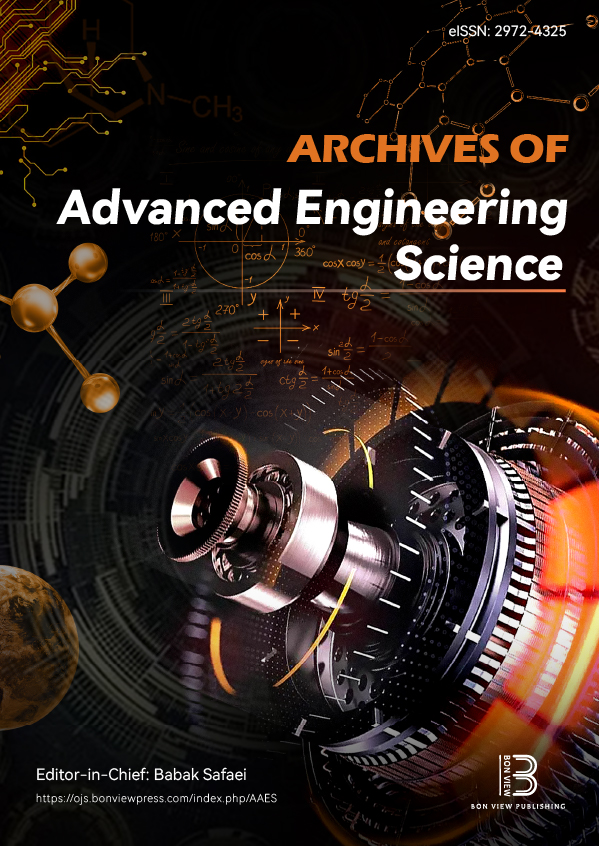Competitive Intelligence Review: Evolution and Trends of AI-Based Microprocessors
DOI:
https://doi.org/10.47852/bonviewAAES52025603Keywords:
AI processors, competitive intelligence, Moore's law, semiconductor economics, architectural innovation, design automationAbstract
This research investigates how artificial intelligence (AI) is changing microprocessor design and industrial competitiveness using a mixed-methods approach that combines systematic literature research (861 Scopus-indexed articles spanning 2015-2025) and patent analysis. The study goals emphasize (1) assessing architectural changes toward AI specialization, (2) examining vendor tactics, and (3) spotting sector-specific adoption obstacles. The study assessed trends methodologically using PRISMA-guided document screening, NVivo-based theme coding (Krippendorff's α=0.82), and statistical analysis (χ² tests, linear regression). While small and medium enterprise (SME) adoption is behind 3.2× because of $540 M+ 5 nm development expenses, key findings show that 58.88% of current designs are AI-optimized (14.7× increase since 2015) with Google's Tensor Processing Units attaining 2.8× greater energy efficiency than graphics processing units. AI has significantly, in our opinion, significantly changed microprocessor invention paths, hence producing different vendor tactics (NVIDIA's acceleration vs. Intel's hybrid approach) and new market obstacles. Strategic advice calls for unifying AI processor benchmarks and building modular architectures for SMEs. Future studies should examine 3 nm/2 nm node economics, photonic/neuromorphic substitutes, and ethical consequences of AI hardware in sensitive uses. With implications for semiconductor policy and research and development priorities, this study offers a verified methodology for evaluating AI's contribution to upholding Moore's law under physical scaling restrictions.
Received: 5 March 2025 | Revised: 27 April 2025 | Accepted: 3 June 2025
Conflicts of Interest
The author declares that he has no conflicts of interest to this work.
Data Availability Statement
Data are available on request from the corresponding author upon reasonable request.
Author Contribution Statement
Gabriel Silva-Atencio: Conceptualization, Methodology, Software, Validation, Formal analysis, Investigation, Resources, Data curation, Writing - original draft, Writing - review & editing, Visualization, Supervision, Project administration.
Downloads
Published
Issue
Section
License
Copyright (c) 2025 Author

This work is licensed under a Creative Commons Attribution 4.0 International License.


